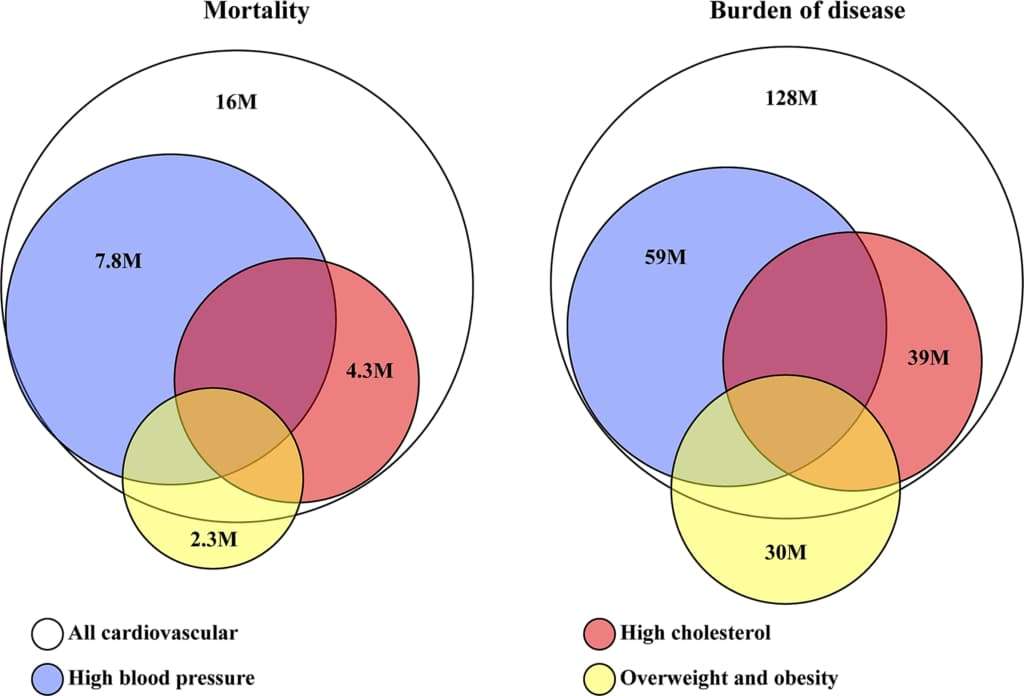How is the BMI distribution calculated?

Calculating the BMI distribution involves employing empirical social research methods. In Germany, researchers collect data at four-year intervals, resulting in the creation of an extensive table that furnishes average values and individual distributions based on age groups. The Federal Statistical Office’s Microcensus, the Health Survey conducted via telephone, the Federal Health Survey overseen by the Robert Koch Institute, and the Study on the Health of Children and Adolescents in Germany (KiGGS) serve as the bedrock of data in Germany. Some data stems from self-reports, but controlled measurement practices are also employed at times.
Comparable data also exists for the United States through “Anthropometric Reference Data for Children and Adults: United States,” published by the Centers for Disease Control and Prevention (CDC), as well as for Austria and Switzerland. In these instances, data evaluation often aligns with World Health Organization (WHO) standards.
The BMI Distribution
From its inception by the Belgian statistician Adolphe Quetelet, the BMI distribution played a pivotal role. The value was not intended solely for assessing individual health status, but rather it functioned as a tool to delineate a normal range within the population or specific demographics. Quetelet consistently pursued the “homme moyen,” or the average human, and in this pursuit, he developed a series of body metrics. Though once known as the Quetelet Index, the BMI has withstood the test of time, and its distribution continues to hold significant relevance.
What does the BMI distribution look like in Germany?
According to the Microcensus, Germany stands as a country where overweight is pervasive. The BMI distribution data from 2009 indicates that 51.4 percent of the overall population were overweight, encompassing 60.1 percent of men and 42.9 percent of women. Averaging at 25.7, the BMI is 26.3 for men and 24.9 for women. Notably, the BMI distribution unveils a substantial age discrepancy, with obesity rates steadily escalating until the age of 65.
BMI Distribution by Age
In 2013, the age bracket spanning 60 to 70 years displayed the highest average BMI at 27.1, indicating the most pronounced overweight. Conversely, 18- to 20-year-olds showed a much lower value of 22.5. A similar pattern emerges when assessing the percentage of individuals with a BMI exceeding 30 kg/m². In this context, the 60- to 65-year-old demographic stood out at 22.7 percent. With an additional 43.8 percent within the same age range falling between a BMI of 25 and 30, the overall proportion of overweight individuals approximates two-thirds. Comparing this to 18- to 20-year-olds, only 3.5 percent exhibited a BMI over 30, a figure that consistently remains in the single digits until the age of 30.
Further Data on BMI Distribution
The published tables detailing the BMI distribution provide comprehensive insights, allowing for categorization by age, gender, and marital status. Noteworthy is the fact that among the unmarried, merely 10.2 percent possess a BMI above 30, with an additional 27.2 percent falling between 25 and 30. Among the widowed, these figures rise significantly to 20.1 percent and 40.3 percent, respectively, likely attributed to their older age.
International BMI distribution data for the year 2013 is also available. Among OECD countries, the highest percentage of individuals with obesity, surpassing 30 kg/m², resides in the United States and Mexico, accounting for 35.3 percent and 32.4 percent, respectively. Following closely are New Zealand, Hungary, and Australia at 30.6 percent, 28.5 percent, and 28.3 percent. Germany falls in the middle at 23.6 percent, while Korea and Japan boast the lowest rates of obese individuals at 4.7 percent and 3.7 percent, respectively. Remarkably, across all countries with available historical comparative BMI distribution data, a significant increase is evident.














